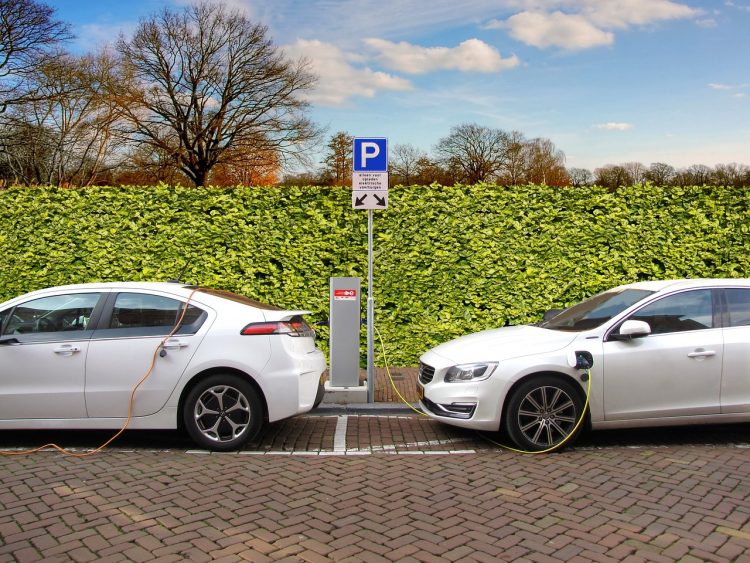
Under new EU regulations Croatia will have to install 100-200 fast charging stations for electric vehicles with a power output of 50-70 kW by 2025, state agency Hina said on Wednesday, citing a press release from the local association of electric vehicle owners.
Hina added that, alternatively, the country might install a lower number of stations with a larger power output of 100-150 kW. The EU has set national targets for the number of electric charging stations or hydrogen charging stations for vehicles in each member country, in a minimum quota system related to the number of electric vehicles registered there.
Croatia falls into the category of countries with less than one percent share of electric vehicles on the road. These are required by EU rules to install charging stations with an equivalent power of 3 kW for each fully electric vehicle and 2 kW for each plug-in hybrid vehicle. According to its current numbers, Croatia should install charging stations with a total power output of 11,524 kW.
By 2027 the charging infrastructure will have to provide enough power throughout the country to match 3 percent of the country’s vehicle fleet as if it was fully electric-powered, and by 2030 the number of charging stations must increase as if 5 percent of the fleet was electric.
This means that Croatia will have to install about 470 new quick-charging stations with a power output of 150 kW by 2027, and more than 800 by 2030.
“This type of stations can charge an average electric vehicle in 10-25 minutes, so it is important that they are well distributed across the country to enable traveling around,” head of the electric vehicle owners’ association Strujni Krug (“Electric Circuit”), Hrvoje Prpic, said.
According to the EU regulation on alternative fuels infrastructure, charging stations also need to be set up at corridors of the Trans-European Transport Network (TEN-T), major road arteries connecting all main roads across Europe.
This means that the country should install more charging stations for light- and heavy-duty vehicles on the road between Slovenia’s capital Ljubljana and Zagreb, and on the road between Varazdin in the north and Rijeka in the west of the country.
The goal is to have at least one charging stations with a power output of at least 600 kW, and one charging station with a power output of 300 kW, at every 60 kilometers of the road by 2025. By 2030, these charging stations should be upgraded to 900 kW.
The EU regulation also requires installing charging stations with a power output of at least 2000 kW, with at least two charging stations with a power output of 800 kW at every 60 kilometers, to accommodate RVs and buses, by 2025. By 2030, these charging stations should be upgraded to 5000 kW, with at least four charging stations with a power output of up to 800 kW.
Hina did not report on the quantity, location, or power output of the already installed charging stations in Croatia.


Kakvo je tvoje mišljenje o ovome?
Budi prvi koji će ostaviti komentar!